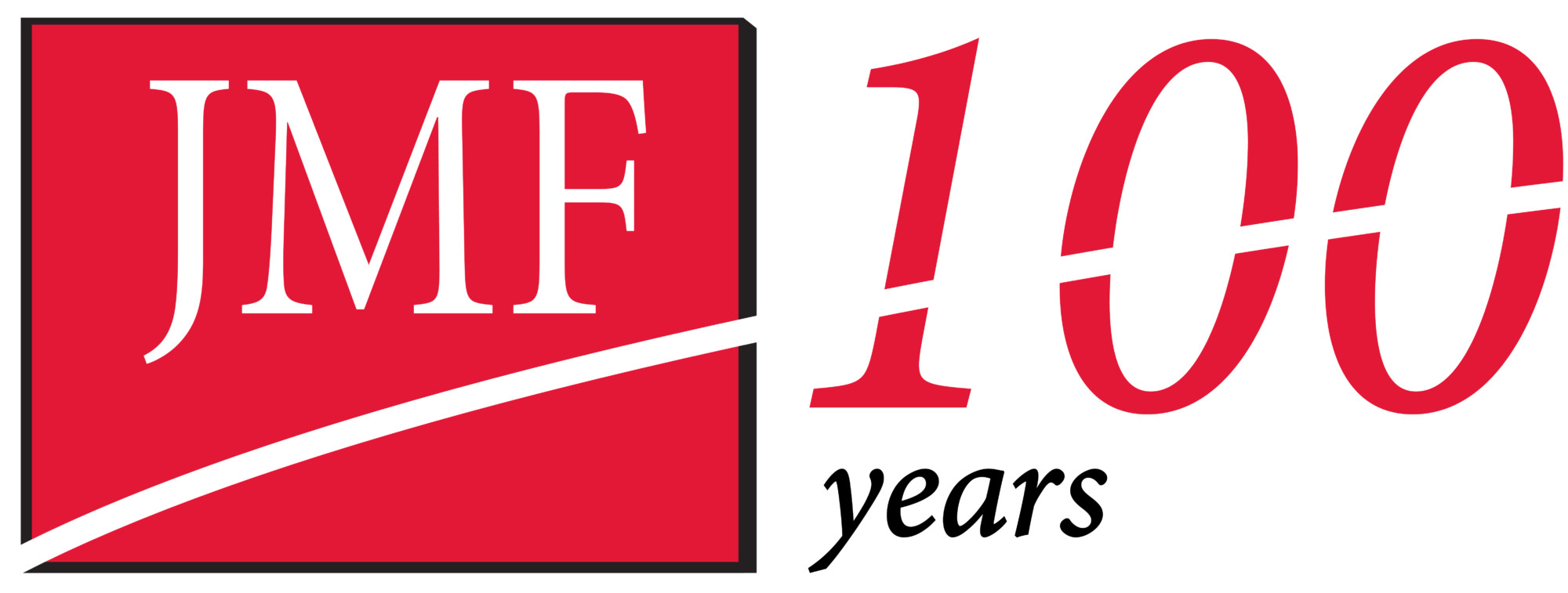Do you operate a business out of your home? It could be your main line of work, and your only source of business income, or just a sideline activity. Depending on your circumstances, you may be entitled to a generous tax deduction for this “home office” on your 2016 tax return.
However, the rules in this area are not completely cut and dried. Furthermore, if you qualify, you face a critical tax return choice.
Background: To qualify for home office deductions, you must use the office regularly and exclusively as your principal place of business or a place where you meet or deal with customers, clients or patients in the normal course of business. In addition, if you are an employee of a company, you must use the home office for the convenience of your employer.
For instance, if you are self-employed and operate the business completely within the confines of your home, you will generally be able to claim a home office deduction. But if you merely bring work home from your main office on weekends, you are not likely to realize any tax benefits.
Normally, a home office deduction includes direct expenses attributable to the office, plus a proportionate share of indirect expenses such as mortgage interest, property taxes, utilities, repairs and insurance. Caveat: Mortgage interest and property taxes are generally tax deductible anyway. The deduction available for indirect expenses is based on the percentage of your home used for business purposes. Also, you may be allowed to claim a depreciation deduction for the part of the home used as an office.
However, this method requires that you keep detailed records of expenses. Alternatively, you can take advantage of a simplified method: All you have to do is figure out the square footage of your home used as an office. Then, you can deduct $5 per square foot, up to a maximum of $1,500.
When you compare these two methods, the traditional method often produces a bigger deduction. If you have the necessary records, you might bypass the simplified method.
Hypothetical example: John Q. Public, a self-employed taxpayer, uses a home office as the principal place of his business. The home is 3,000 square feet and the home office is 300 square feet, or 10% of the home. Let’s say that John has $2,000 in direct home office expenses plus indirect expenses—including utilities, insurance and repairs—of $10,000 for the year (disregarding mortgage interest and property taxes that would otherwise be deductible). Under the IRS table, he is also entitled to a $400 depreciation allowance.
Based on these facts, John can deduct $2,000 in direct expenses, $1,000 in indirect expenses and $400 in depreciation, for a total of $3,400. In comparison, with the simplified method for home office deductions, his write-off is limited to $1,500—less than half the total of the traditional method.
Note that you may switch between the traditional and simplified methods from year to year. You are not locked into either method.
Do not make any costly assumptions or rash decisions. With help from your professional tax adviser, compare the available deductions to determine the optimal method for your situation.







Leave A Comment
You must be logged in to post a comment.